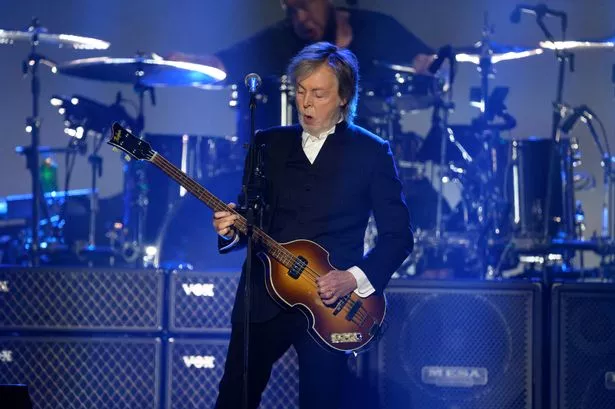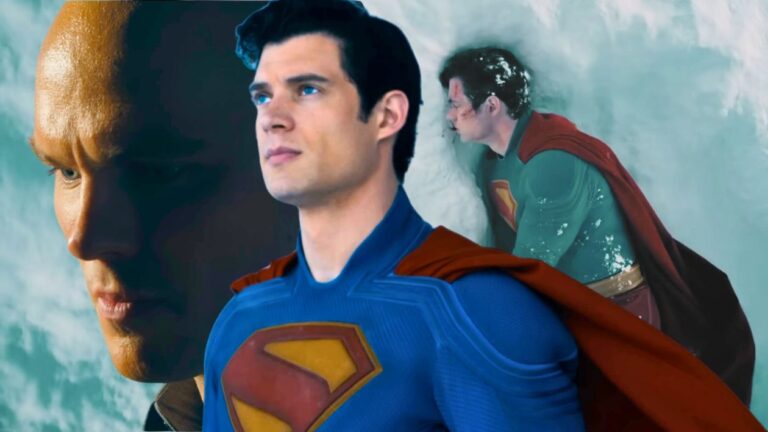NYC Influencers Boring Debate Why Explained: The Trend, The Truth & What It Means for Social Media
Introduction
In May 2025, TikTok exploded with one hot take:
“NYC influencers are boring now.”
This statement, made by TikToker @MartiniFeeny, kicked off a fierce online discussion that quickly turned into one of the most engaging influencer culture debates of the year. Millions of viewers chimed in, calling out repetitive content, class privilege, and lack of authenticity in New York’s social media scene.
So, are NYC influencers really boring? Or is this just a TikTok trend taken too far?
In this article, we dive into the origin of the viral trend, why it matters, and how it’s affecting influencer marketing, branding, and culture online. We also include fact checks, SEO-friendly long-tail keywords like “why NYC influencers are boring” and “NYC influencer culture criticism”, and insights from creators themselves.
Where Did the Trend Start?
It all began on May 11, 2025, when NYC-based creator @MartiniFeeny uploaded a video saying:
“It’s the iced coffees, the neutral tones, the Soho apartments, the same voiceovers… I swear I’ve seen this video 500 times already.”
The clip hit a nerve. It racked up:
- Over 5.6 million views
- 130,000 shares
- A global trend under hashtags like #BoringInfluencers and #NYCCloneContent
The debate quickly escalated into a deeper conversation about:
- Influencer privilege
- Platform algorithms
- Representation in content creation
Why Are NYC Influencers Being Called Boring?
Several factors led viewers to criticize NYC content creators. Let’s break it down:
1. Same Aesthetic, Different Faces
Many NYC influencers post identical content:
- Vlog-style mornings with iced matcha
- Loungewear hauls in beige and white
- Apartment tours in overpriced Soho flats
These videos often blur together, giving off what viewers now call the “clone effect.”
2. Algorithm Bias
TikTok and Instagram reward content that performs well. As a result, once a certain look or format goes viral, creators are pressured to imitate it.
“It’s not always their fault,” said social media strategist Dana Meyers. “The algorithm favors sameness.”
3. Class Privilege
A major point of the debate is that many top NYC influencers come from wealthy backgrounds. Their content—high-end workouts, $8 coffees, sponsored posts—feels out of touch to everyday users.
Keyword Target: NYC influencer class privilege
4. Underrepresentation of Diverse Creators
Creators from immigrant, Black, Brown, and LGBTQ+ communities are often overlooked by both platforms and brands.
“We’re not boring. We’re just not being shown,” said @LatinaInBrooklyn, a rising TikTok creator.

The Response from Creators
The backlash was immediate—and divided.
Creators Who Agreed:
Some admitted the criticism had merit.
- @NotSoAesthetic: “I’ve been in a content rut. This was a wake-up call.”
- @JayFromTheBronx: “Finally someone said it. We need realer stories.”
Creators Who Pushed Back:
Others felt the trend was unfair, especially toward women and lifestyle creators.
- @WhiteWineInSoho: “We like neutrals and Pilates. That doesn’t make us boring.”
- @ToriTalks: “Men criticize women’s content because they don’t understand it.”
The debate widened into gender dynamics, aesthetic shaming, and even online bullying.
Fact Check: Are NYC Influencers Really All the Same?
Let’s break down the main claim.
Claim: NYC influencers all post similar, low-effort content that lacks originality.
✅ True — to an extent.
While many top creators do follow a popular formula, it doesn’t apply to all. Plenty of unique NYC creators exist—especially outside of Manhattan’s elite neighborhoods—but they receive less exposure due to algorithm bias.
So yes, the trend exists. But the real issue is who gets boosted, not who is boring.
Why This Debate Matters for Influencer Marketing
This isn’t just drama—it’s a warning sign for brands and marketers.
📉 Problem: Overused Content = Lower Engagement
Audiences are tuning out. Brands that partner with repetitive influencers risk being ignored.
📈 Solution: Work with Diverse, Niche Creators
Audiences want:
- Real-life, imperfect content
- New voices, faces, and backgrounds
- Content from all five boroughs—not just SoHo
How This Impacts TikTok and Instagram
Both platforms are under pressure to:
- Promote variety, not just engagement
- Tweak algorithms to boost original formats
- Spotlight underrepresented creators
Expect to see more platform-backed creator programs in 2025 that focus on equity, culture, and storytelling.
FAQs
Q1: Who started the NYC influencers boring trend?
TikToker @MartiniFeeny posted a viral video in May 2025 criticizing repetitive NYC influencer content.
Q2: Are all NYC influencers the same?
Not at all. The trend mostly reflects a bias in the algorithm, not the full diversity of creators in NYC.
Q3: Why do viewers feel disconnected from influencers?
Because much of the content is driven by wealthy lifestyles, it can feel inaccessible to everyday users.
Q4: How are brands responding?
Smart brands are now seeking authentic, diverse influencers who connect with real audiences.
Q5: Will this trend change influencer content?
Yes. Many creators are shifting toward unscripted, less polished, more real content to meet audience demand.

Conclusion
The “NYC influencers are boring” trend isn’t just a meme—it’s a cultural shift. In 2025, audiences crave authenticity, originality, and connection. As influencers, brands, and platforms adjust, we may finally see a more inclusive and creative era of content.
For now, one thing’s clear:
Being boring isn’t the real issue—being invisible is.
Stay tuned to DailyNewsBuz for more viral moments, creator controversies, and digital culture stories that matter.





![Did the TikTok Algorithm Really Penalize These Influencers? [2025 Breakdown]](https://dailynewsbuz.com/wp-content/uploads/2025/06/Did-the-TikTok.png)